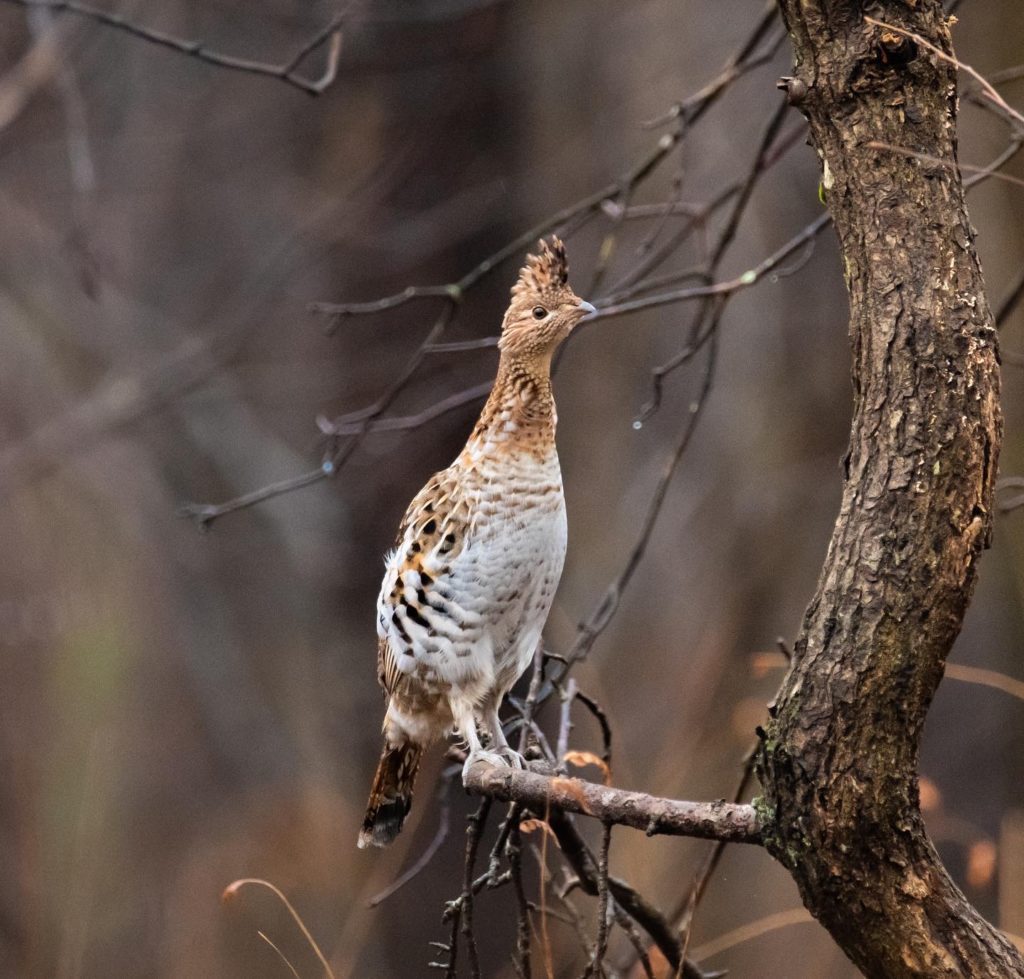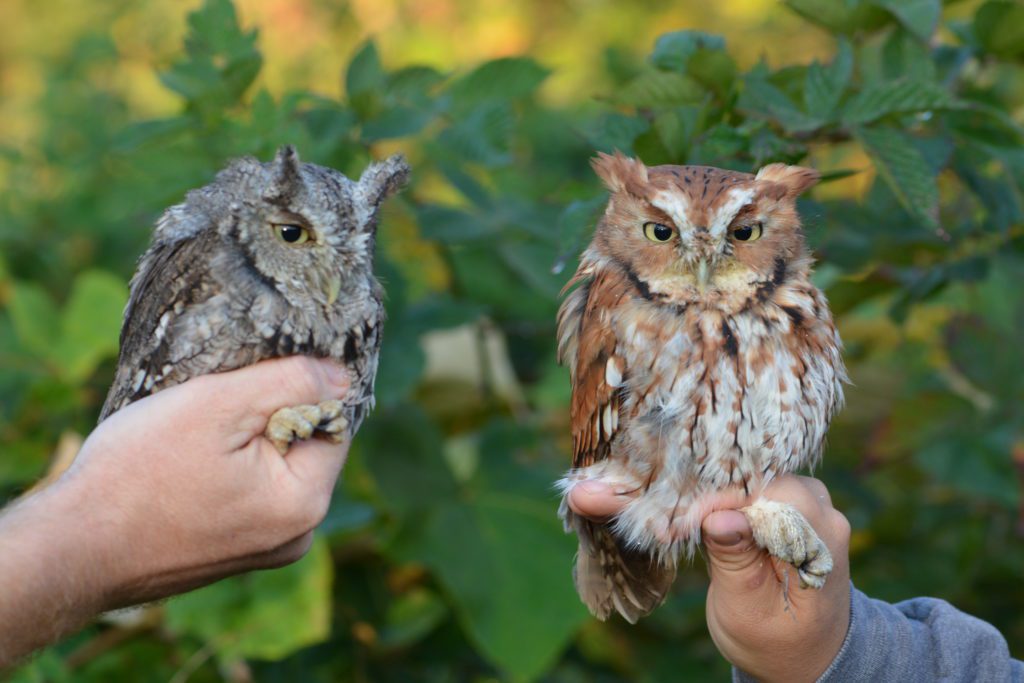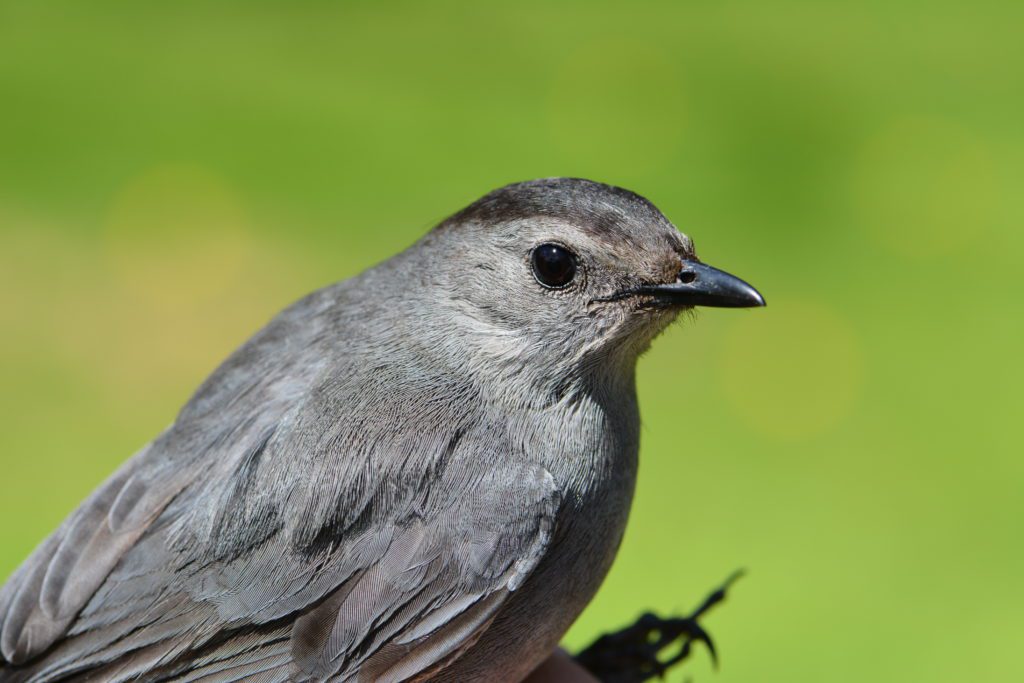by Annie Lindsay
All week leading up to the Christmas Bird Count (CBC), the weather forecast threatened heavy rain for December 18, 2021, but that did not deter a group of 34 dedicated birders from going outside and counting birds all day! In fact, after a touch of rain before dawn, the weather cleared, and the day was mostly cloudy, pleasant, and perfect for birding. And what a Christmas Bird Count it was! The birders, along with six people who counted birds visiting their feeders and yards, tallied 7,239 birds of 79 species, broke the high-count records for several species, and added two new species that had never been seen during the Rector CBC before!

Christmas Bird Count History
The CBC is an annual tradition that began on Christmas in 1900. Participants counted birds they saw or heard all day, a step away from previous bird censuses during which people used shotguns to collect and count birds. The original group of 27 birders tallying birds in 25 count circles has now become an international event, sponsored by the National Audubon Society, with nearly 3,000 count circles spread across the Western Hemisphere. The compilers for each count circle choose a date between December 14 and January 5, and participants tally every bird they encounter within a designated 15-mile diameter circle. With such a large geographic range and over 100 years of data, the CBC is one of the largest community science projects. The data gathered has been used to study population trends and over 200 peer-reviewed publications have used CBC data.
The Rector count circle is centered just northwest of Powdermill Nature Reserve. Its variety of habitat types along an elevational gradient is excellent for species diversity. Begun in 1974, the Rector count has consistently tallied more than 50 species every year, with the highest species counts of 88 in 2012 and 80 in 2009. This year’s total of 79 species was the third highest in this count’s history! Although there are core species, like chickadees and cardinals, that we expect to see every year, rarities occasionally pop up, and Rector counters have tallied 131 species since 1974.
2021 Rector Christmas Bird Count Numbers and Highlights
The 2021 count started at 4:30 a.m. with several birders searching for owls. Despite the drizzle, the owlers counted three Great Horned Owls, three Barred Owls, a surprise Northern Saw-whet Owl that was spotted in headlights as it flew across the road, and an incredible 17 Eastern Screech-Owls, a number that shattered the previous record of 11. Off to a great start, the owlers were joined by the bulk of the participants to survey their assigned sectors within the count circle, and there were many surprises in store.

At the end of the day, counters met at Powdermill for the tally dinner to report what they’d seen and share stories from the field. As we tallied, we quickly noticed that we were setting new high-count records, or tying existing records, for many species, including Ring-necked Duck, Bufflehead, Red-breasted Merganser, Black Vulture, Eastern Screech-Owl, Northern Saw-whet Owl (tie), Red-bellied Woodpecker, Yellow-bellied Sapsucker, Northern Flicker, Merlin (tie), Common Raven, Ruby-crowned Kinglet (tie), Eastern Bluebird, Hermit Thrush, American Robin, Gray Catbird, Yellow-rumped warbler, White-throated Sparrow, and Eastern Towhee.
The owls certainly set new records due to the increased effort to find them this year: screech owls are a common species in our area, and saw-whets, although quite difficult to find and usually not vocal at this time of year, are likely here in the appropriate habitat.

We noticed an interesting trend in the species with high counts: most are species that tend to spend the winter a bit south of us, or if they are species that are expected during the Rector CBC, their winter range tends not to extend much farther north of us and we generally do not expect them in high numbers. We speculate that the combination of a late fall, mild temperatures through the end of 2021, and an abundance of berries may have contributed to some individuals of these shorter-distance migrants not migrating as far south as they usually do.
Our biggest surprises were two new species that had never been encountered during the Rector CBC before. The first was a Palm Warbler reported on a farm in Ligonier foraging with a flock of Yellow-rumped Warblers on the edge of a cow pasture. Palm Warblers are seen annually in our area during migration, and we band several of them at Powdermill every year. Many Palm Warblers spend the winter in the southeastern US, but it is not expected in southwest Pennsylvania in the winter. The second species was a Surf Scoter spotted at Donegal Lake. Surf Scoters are a species of duck usually seen in the ocean along the Atlantic and Pacific coasts in winter, or perhaps on the Great Lakes or human-made lakes if they’re forced down by bad weather during migration. This is a very unusual species for our area and an excellent find.
As we submit the Rector count’s data to Audubon and wrap up another CBC, we thank all of the participants and look forward to the 2022 count!
Annie Lindsay is the Bird Banding Program Manager at Carnegie Museum of Natural History’s Powdermill Nature Reserve. Museum employees are encouraged to blog about their unique experiences and knowledge gained from working at the museum.
Related Content
Milestones at Powdermill’s Banding Lab
Bird Safe Glass Installed at Carnegie Museums (Video)
Carnegie Museum of Natural History Blog Citation Information
Blog author: Lindsay, AnniePublication date: January 6, 2022
